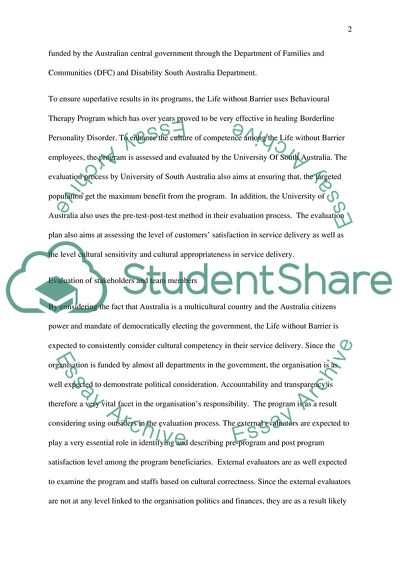Cite this document
(Evaluation Plan Assignment Example | Topics and Well Written Essays - 1500 words, n.d.)
Evaluation Plan Assignment Example | Topics and Well Written Essays - 1500 words. Retrieved from https://studentshare.org/sociology/1788250-evaluation-plan
Evaluation Plan Assignment Example | Topics and Well Written Essays - 1500 words. Retrieved from https://studentshare.org/sociology/1788250-evaluation-plan
(Evaluation Plan Assignment Example | Topics and Well Written Essays - 1500 Words)
Evaluation Plan Assignment Example | Topics and Well Written Essays - 1500 Words. https://studentshare.org/sociology/1788250-evaluation-plan.
Evaluation Plan Assignment Example | Topics and Well Written Essays - 1500 Words. https://studentshare.org/sociology/1788250-evaluation-plan.
“Evaluation Plan Assignment Example | Topics and Well Written Essays - 1500 Words”. https://studentshare.org/sociology/1788250-evaluation-plan.


